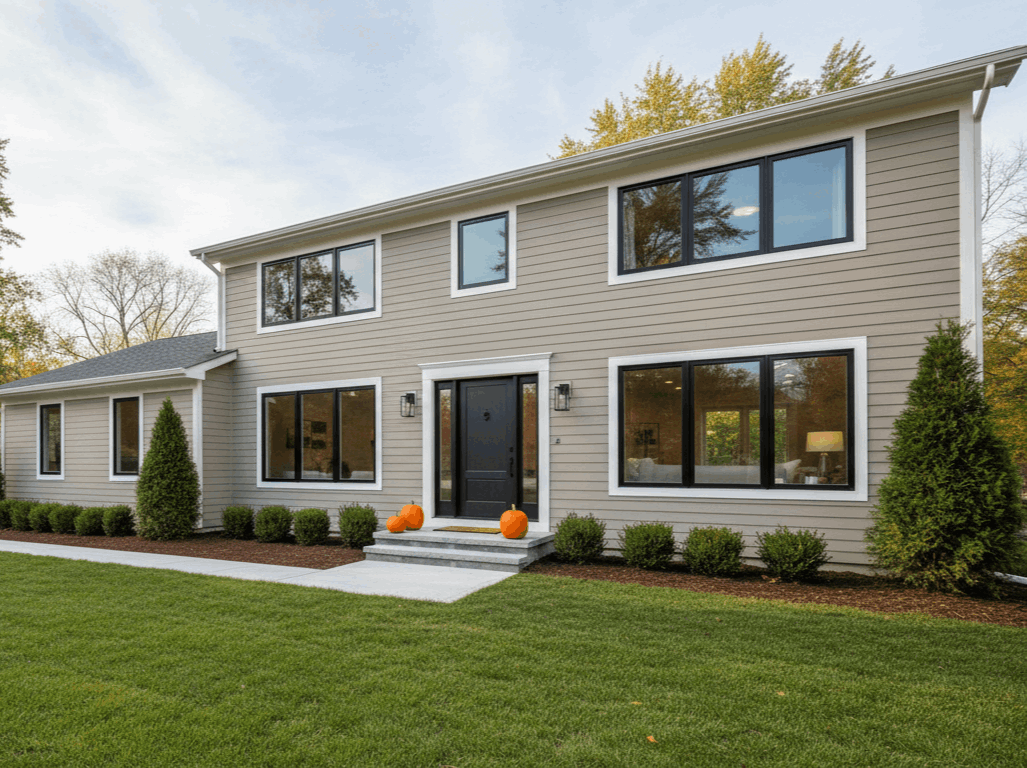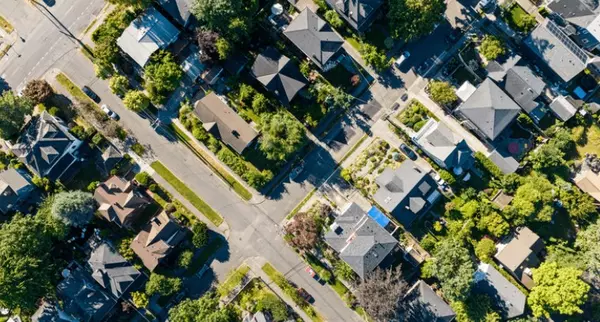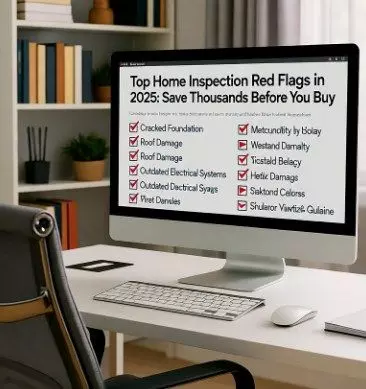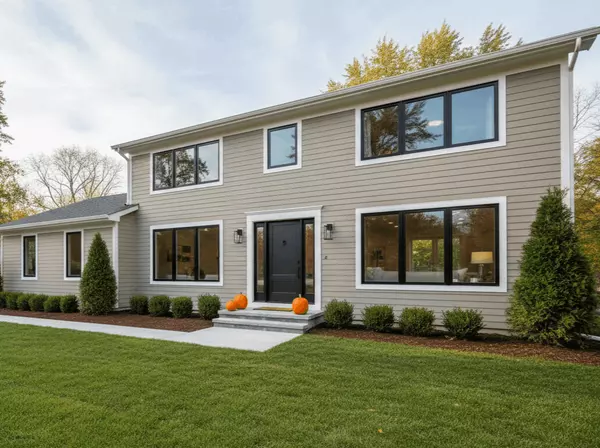Why it is Taking Longer to Sell in Fall 2025 (And How to Fix It)
Home Sellers: Why Your House Is Taking Longer to Sell in Fall 2025 (And How to Fix It)
Sellers are swallowing a tough pill this fall: days on market are ticking up, fewer homes are selling over list price, and buyers are moving cautiously. A double-digit surge in active inventory (11%+ in many markets) is giving shoppers more options—and more leverage. If your listing hasn’t gotten traction, you’re not alone. The good news? With the right pricing strategy, move‑in‑ready presentation, and a few smart repairs, you can still win without a painful price cut.
Note: Market conditions can vary by metro. The trends and tactics below reflect broad U.S. patterns and what we’re seeing across California.

Why Homes Are Taking Longer to Sell This Fall
- More competition: Active listings are up year‑over‑year in many markets, easing the frenzy of 2023–2024 and elongating time on market.
- Cautious buyers: Affordability remains tight, so buyers are picky and more likely to walk if a home feels overpriced or “project heavy.”
- Normalizing over-ask sales: Fewer homes are selling above list as pricing discipline returns and appraisals anchor expectations.
- Seasonality: Fall typically sees slower traffic as families settle after back‑to‑school and holidays approach.
Top 5 Seller Mistakes (And What To Do Instead)
1) Pricing Off Spring Comps
- The mistake: Anchoring to peak spring prices or your neighbor’s unicorn sale.
- Why it hurts: With inventory up and fewer bidding wars, buyers penalize aspirational pricing. Listings sit, rack up days, and invite lowball offers.
- Fix: Price to the market you’re in today, not the one you wish you had. Use a tight comp set from the past 30–60 days and adjust for condition. Consider a “price‑to‑entice” strategy that lands you in the top 3 most compelling options buyers will tour this week.
2) Ignoring “Move‑In‑Ready” Expectations
- The mistake: Listing “as‑is” while competitors offer turnkey.
- Why it hurts: Today’s buyers have less cash after closing and prefer homes that don’t need immediate work.
- Fix: Pre‑list with a light refresh: neutral paint, updated lighting, modern hardware, and crisp landscaping. Make it feel easy to move right in.
3) Skipping Small Repairs
- The mistake: Leaving obvious issues—dripping faucets, sticky doors, stained carpet.
- Why it hurts: Small problems signal bigger hidden ones and shorten showing time.
- Fix: Knock out a punch list before photos. See “10 Quick‑Win Repairs” below.
4) Underestimating Online Presentation
- The mistake: Dark photos, cluttered rooms, no floor plan.
- Why it hurts: Buyers shortlist online. Poor visuals = fewer showings.
- Fix: Professional photography, a simple floor plan, daylight re‑shoot if needed, and a listing description that leads with benefits (not features).
5) Hard‑to‑Show Homes
- The mistake: Limited showing windows or “by appointment only.”
- Why it hurts: Fewer in‑person tours equals fewer offers.
- Fix: Maximize access the first 10 days. Consider a broker tour and one well‑timed open house the first weekend.
Staging Strategies That Sell in Fall
- Embrace light and space:
- Neutral paint (soft white/greige), minimal window coverings, warm LED bulbs.
- Remove 30% of furniture to open sightlines; float sofas off walls.
- Create lifestyle vignettes:
- Reading nook, coffee bar, tidy work‑from‑home setup.
- Seasonal, not theme‑y:
- Think textured throws, a bowl of crisp apples, and layered rugs—avoid holiday decor that dates your photos.
- Curb appeal matters:
- Fresh mulch, edged lawn, pressure‑washed walkways, clean house numbers and mailbox.
Pro tip: Stage the photos. If you can’t fully stage, use “light stage” props to elevate images—fresh linens, art, and greenery.
10 Quick‑Win Repairs to Avoid Price Cuts
- Patch and paint scuffed walls with a neutral, matte finish.
- Replace yellowed switches/outlets and mismatched cover plates.
- Update front‑door hardware; add a modern, well‑lit doorbell.
- Swap dated vanity lights and entry fixtures for simple black or brass.
- Re‑caulk tubs, showers, and kitchen backsplash; re‑grout as needed.
- Lubricate and adjust squeaky hinges, sticky locks, and sliding doors.
- Replace worn carpet in key rooms or deep clean and stretch existing carpets.
- Service HVAC and provide a clean filter and receipt in the disclosures.
- Fix running toilets, dripping faucets, and slow drains.
- Refresh cabinet hardware and add soft‑close bumpers.
Budget: Many sellers see outsized returns with a $1,500–$5,000 pre‑list refresh focused on first impressions.
Pricing Framework for Today’s Market
- Identify the competition:
- Tour or virtually review every active comp within your micro‑neighborhood, price band, and condition bracket.
- Bracket your price:
- If two similar homes are at $899k and $915k, consider landing at $899k only if you clearly exceed one or both on condition or lot. Otherwise, position slightly below the better comp to steal attention.
- Watch the first 7–10 days:
- Metrics to monitor: saves, shares, showing requests, and second showings. If activity is tepid versus neighborhood norms, adjust quickly rather than waiting 30+ days.
Rule of thumb:
- High clicks but low showings: photos or price positioning issue.
- Lots of showings but no offers: condition or price is off by ~2–4%.
- Zero second showings: buyers aren’t seeing value relative to comps.
Listing Description Checklist for 2025 Buyers
- Lead with outcomes: “Move‑in‑ready,” “low‑maintenance,” “energy‑efficient,” “walkable.”
- Feature hierarchy:
-
- Kitchen and primary suite
-
- Natural light and flow
-
- Outdoor living and work‑from‑home potential
-
- Proof points: Recent upgrades with dates (roof 2022, HVAC 2023).
- Local lifestyle: Parks, commuter routes, school options, and favorite neighborhood spots.
When to Reduce Price (And How Much)
- Decision window: If you don’t have strong activity by day 14–21 in a balanced market, consider a surgical reduction.
- Magnitude: Small nicks don’t re‑activate portals. Consider 2–5% depending on feedback and comp gap.
- Pair with a marketing push: New photos, re‑ordered photo sequence, renewed headline, and a weekend open house.
Smart Seller Concessions That Work
- Offer a closing‑cost credit to buy down the buyer’s rate.
- Provide a one‑year home warranty.
- Include permits/receipts for major systems and recent work to reduce perceived risk.
FAQs
- Is fall a bad time to sell?
- Not necessarily. With correct pricing and move‑in‑ready presentation, you can still achieve a solid result—especially if you face less direct competition in your micro‑market.
- Should I wait for spring?
- Only if your holding costs and market projections justify it. If inventory builds further by spring, waiting may not improve your net.
Action Plan: 7‑Day Prep Sprint
- Day 1: Pre‑inspection and punch list; pricing strategy with your agent using 30–60 day comps.
- Day 2–3: Paint, lighting, hardware, and caulk/grout refresh.
- Day 4: Landscaping, exterior wash, curb‑appeal upgrades.
- Day 5: Deep clean, declutter, light staging.
- Day 6: Professional photos + floor plan.
- Day 7: Go live Thursday, broker tour Friday, open house Saturday/Sunday.
Categories
Recent Posts










GET MORE INFORMATION

